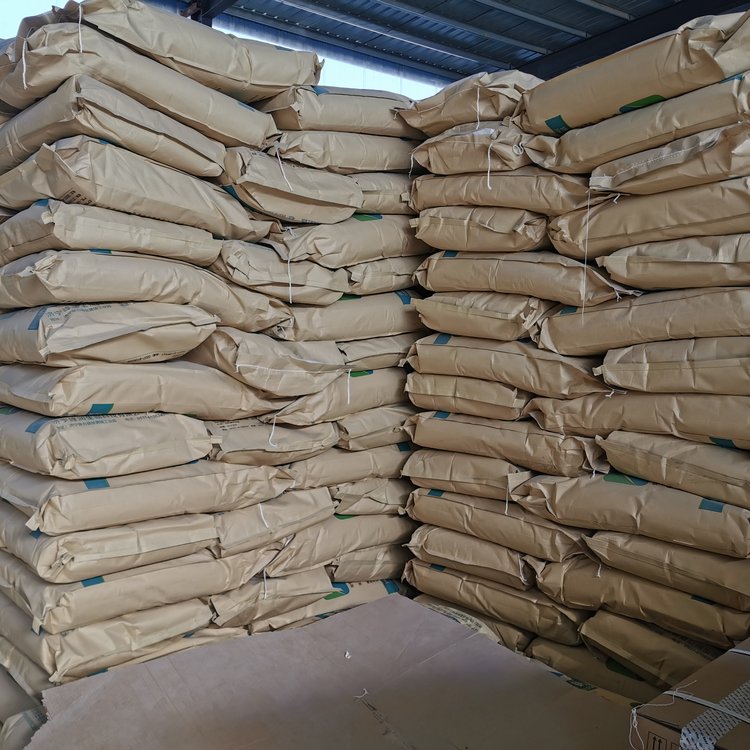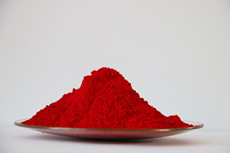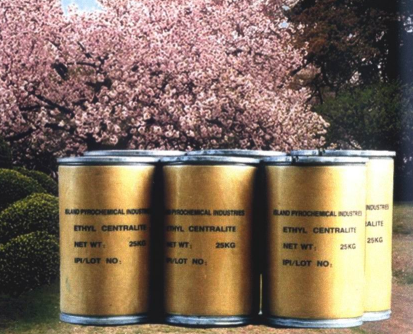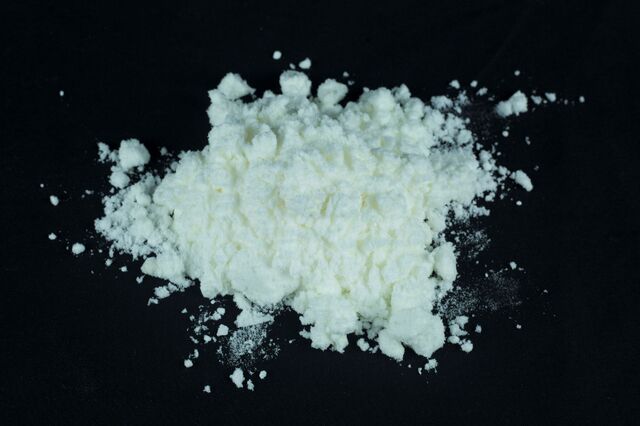Antioxidant
Other Auxiliary Agent
Petroleum Additives
Adsorbent
Water Treatment Chemicals
Rubber Additives
Adhesive Additives
Cross-Linking Agent
Flame Retardants
UV Absorbers
Organic Extractant
Resin Additives
Electronics Chemicals
Pesticide Additives
Building Chemicals
Plastic Additives
Oilfield Chemicals
Adhesive
Plastic Rubber Chemicals
Paper Additives
Molecular Sieve
Coating Additives
Textile Auxiliaries
Fluorescent Brightener
Polyethylene Glycol Derivatives
Coupling
Forest Chemicals
Leather Auxiliary Agents
Beneficiation Agents and Smelting Additives
Dye Auxiliaries
Alias
More Information
2-Naphthalenol, 1-(Phenylazo)-; Carminaph; Scarlet B; Sudan 1; C.I. Solvent Yellow 14; Soudan I; Sudan J; Sudan; 2-Phenylazo-Naphthalen-1-Ol; 1-Phenylazo-Naphthalen-2-Ol; Sudan I, Ar; Sudan I, Dye Content 98%; Oil-Soluble Yellow; Fast Orange R; Oil Orange A; Sudan I C.I. No.12055; Oilorgange; Sudanl=Sudanyellow14
CNY 0.0 Million
333000m²
100-500 People
Manufacturing
Manufacturing
| Product Photo | Specification | Grade | Max Capacity | Certificates | Package | |
|---|---|---|---|---|---|---|
|
|
||||||
| - | - | - |
|
Main products:
Sudan I
/Polymo Yellow Gr
/N-(5-Benzamido-9,10-Dioxoanthracen-1-Yl)Benzamide
CAS:84632-65-5
Molecular Formula:C18H10Cl2N2O2
Alias
More Information
1,4-Diketo-2,5-Dihydro-3,6-di(4-Chloro-Phenyl)-Pyrrolo[3,4-c]Pyrrole; 4-Bis(4-Chlorophenyl)-2,5-Dihydropyrrolo[3,4-C]Pyrrole-3,6-Dione; Pyrrolo[3,4-C]Pyrrole-1,4-Dione, 3,6-Bis(4-Chlorophenyl)-2,5-Dihydro-
CNY 317.9 Million
226440m²
1000+ People
Manufacturing
Manufacturing
| Product Photo | Specification | Grade | Max Capacity | Certificates | Package | |
|---|---|---|---|---|---|---|
|
|
||||||
| Tech Grade | - |
20kg /
Paper Bag
|
Main products:
Pigment Red 254
/Pigment Red 122
/Pigment Yellow 139
/Pigment Red 57:1
/Pigment Red 48:1
/Pigment Red 48:2
/Pigment Red 48:3
/Pigment Red 48:4
CAS:84793-24-8
Molecular Formula:C16H19NO5
Alias
More Information
Ethyl (S)-2-[(S)-4-Methyl-2,5-Dioxo-1,3-Oxazolidin-3-Yl]-4-Phenylbutyrate; N-[1-(S)-Ethoxycarbonyl-3-Phenylpropyl]-N-Carboxy-L-Alanine Anhydride (Nepa-Nca); Ecppa-Nca; Enalapril Maleate Intermediates; N-(1-(S)-(+)-Ethoxycarbonyl-3-Phenylpro&; N-[1-(S)-Ethoxycarbonyl-3-Phenylpropyl]-L-Alanine -N-Carboxyanhydride(Intermediate Of Enalapril); N-[1-(S)-(Ethoxycarbonyl)-3-Phenylpropyl]-1-Alanylcarboxy Anhydride; N-(1-(S)-Ethoxy Carbonyl-3-Phenylpropyl)-L-Alanine-N-Carboxyanhydried; Epal-Carboxanhydride
Brief Introduction
This product is used for the synthesis of cardiovascular drugs such as enalapril maleate, Quinapril, ramipril, etc.
CNY 50 Million
59940m²
100-500 People
Manufacturing
Manufacturing
| Product Photo | Specification | Grade | Max Capacity | Certificates | Package | |
|---|---|---|---|---|---|---|
|
|
||||||
| Pharm Grade | - | - |
25kg /
Fibre Drum
|
Main products:
N-[1-(S)-Ethoxycarbonyl-3-Phenylpropyl]-L-Alanine-N-Carboxyanhydride
/Enalapril Maleate
/Ramipril
/Lisinopril Dihydrate
/Captopril
/Levetiracetam
/N-[(S)-(+)-1-Ethoxycarbonyl-3-Phenylpropyl]-L-Alanine
/N2-(1S-Ethoxycarbonyl-3-Phenylpropyl)-N6-Trifluoroacetyl-L-Lysine
/N2-1[(1S)-Ethoxycarbonyl-3-Phenylpropyl]-N6-Trifluoroacetyl-L-Lysyl-L-Proline
CAS:85-98-3
Molecular Formula:C17H20N2O
Alias
More Information
Ethyl Centralite; Centralite; Carbamite; S-Diethyldiphenylurea; N,N'-Diethyl-N,N'-Diphenylurea; Urea, N,N‘-Diethyl-N,N‘-Diphenyl-; N,N'-Diethylcarbanilide; Centralite I; Diethyldiphenylcarbamide; Centralite-1
Brief Introduction
Used for the determination of nitrate and nitrite. Vulcanized rubber blocker.
CNY 868.2 Million
201798m²
100-500 People
CRO
CRO
| Product Photo | Specification | Grade | Max Capacity | Certificates | Package | |
|---|---|---|---|---|---|---|
|
|
||||||
| Tech Grade | 1000 tons/year | - |
25kg /
Woven Bag
25kg /
Fibre Drum
|
Main products:
1,3-Diethyl-1,3-Diphenylurea
/Benzophenone
/Methyl Carbonochloridate
/2-Furoyl Chloride
/1,1,3,3-Tetrabutylurea
/1,3-Dimethyl-1,3-Diphenylurea
/Diphenyl Carbonate
CAS:85100-77-2
Molecular Formula:C8H15BrN2
Alias
More Information
1-Butyl-3-Methylimidazol-3-Ium,Bromide; 3-Butyl-1-Methyl-1H-Imidazol-3-Ium Bromide; Bmimbr; [Bmim]Br
Brief Introduction
It is mainly used in the field of pharmaceutical intermediates.
CNY 50 Million
65268m²
50-100 People
Manufacturing
Manufacturing
| Product Photo | Specification | Grade | Max Capacity | Certificates | Package | |
|---|---|---|---|---|---|---|
|
|
||||||
| Tech Grade | 200 tons/year | - |
25kg /
Fibre Drum
|
Main products:
1-Butyl-3-Methylimidazolium Bromide
/Imidazole
/1-Ethylimidazole
/2-Ethylimidazole
/2-Propylimidazole
/2-Isopropyl-1H-Imidazole
/2-Ethyl-4-Methylimidazole
/2-Phenylimidazole
/Imidazole, Sodium Derivative
/2-Methyl-1-(2-Methylpropyl)Imidazole
/1-Butyl-3-Methylimidazolium Chloride
/1-Butyl-3-Methylimidazolium Tetrafluoroborate
/1-Butyl-3-Methylimidazolium Tetrachloroferrate
/2-Methylimidazole
/1-Butylimidazole
/1-Propylimidazole
/1-Isopropylimidazole
/N,N'-Carbonyldiimidazole
/1-Ethyl-3-Methylimidazolium Chloride
/1-Ethyl-3-Methylimidazolium Bromide
/1,2-Dimethylimidazole
Inquiry (
10
/ 10
)
Clear All
Sign In
Error!





![N-[1-(S)-Ethoxycarbonyl-3-Phenylpropyl]-L-Alanine-N-Carboxyanhydride](https://res.chemball.com/upload2/62cc42bc-71f6-4cc5-a0e3-ee0c2ff71a42.jpg)
![N-[1-(S)-Ethoxycarbonyl-3-Phenylpropyl]-L-Alanine-N-Carboxyanhydride](https://res.chemball.com/upload2/e488805c-0ea7-479a-803f-205ce4e0050a.jpg)


